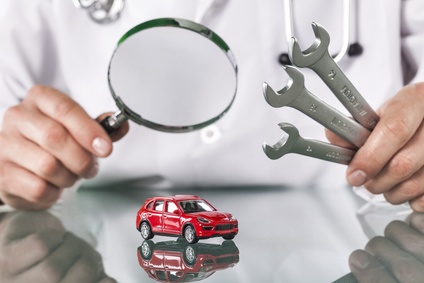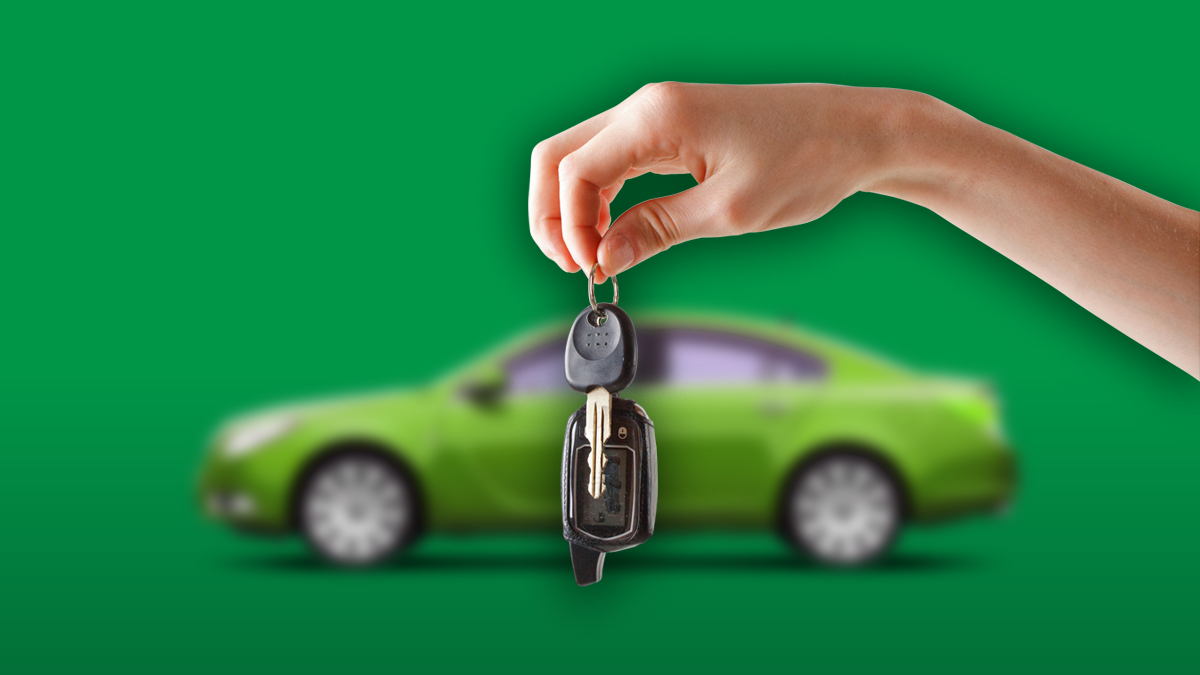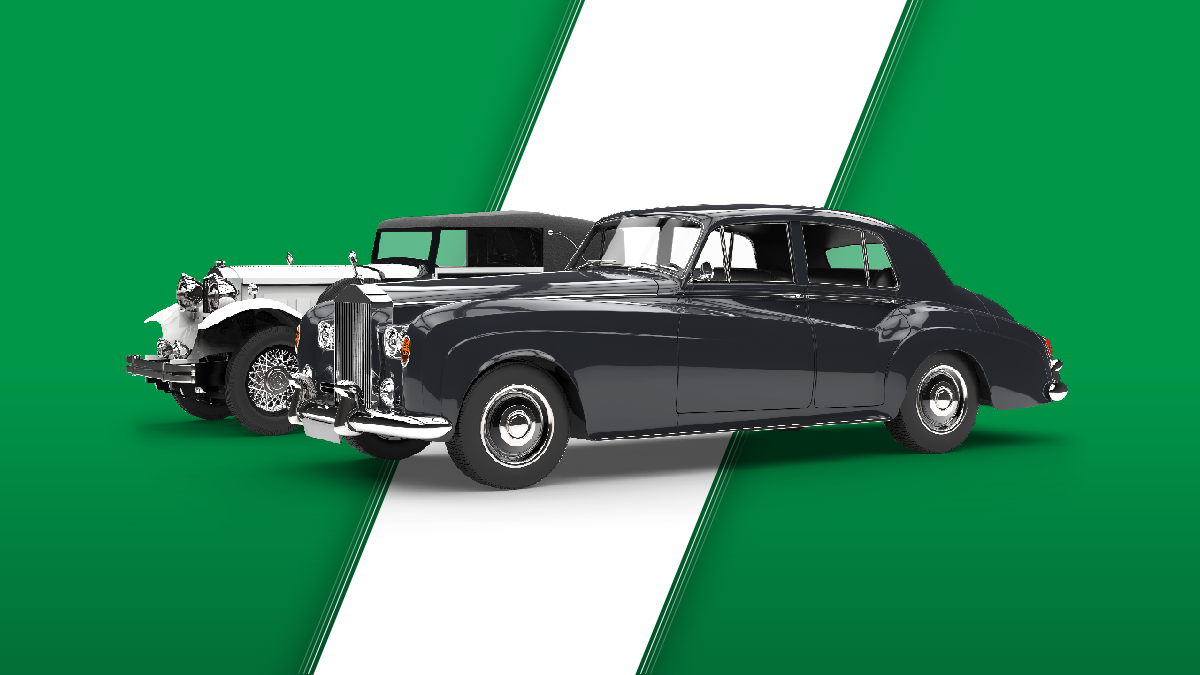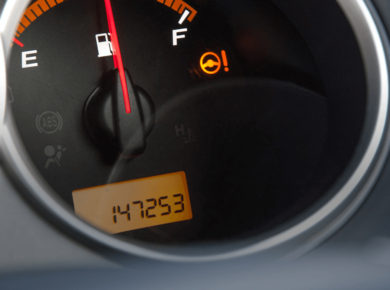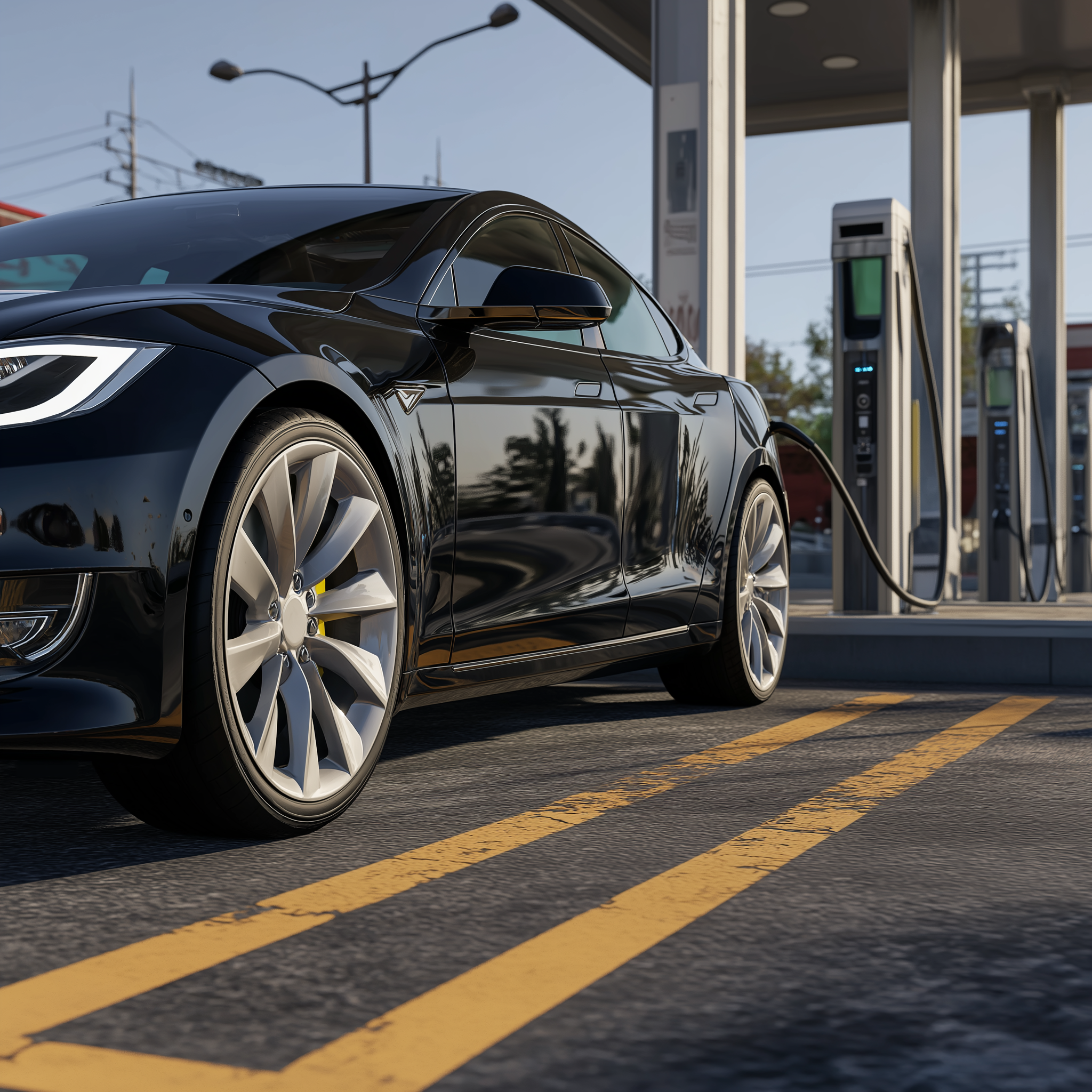When it comes to buying a used car in the United States, one of the most important things you need to do is check the vehicle’s history. Whether you’re purchasing from a dealership, a private seller, or an online auction, having access to a comprehensive vehicle history report from a car history checker can save you from making an expensive mistake. One of the key components of these car check reports is the inclusion of vehicle photos, which offer a closer look at the car’s condition and reveal potential issues that may not be immediately visible to the naked eye.
Why Vehicle Photos Matter
A vehicle history check is essential when buying a used car. It provides detailed information about the vehicle’s past, including its ownership, accidents, title status, and any possible damage. In addition to this data, vehicle history reports often include photos of the car. These images are collected from various sources, including dealerships, insurance companies, and auctions. By doing a search of vehicle history and examining these photos, you can get a much better sense of the car’s real condition.
While an automobile history report might show that the car has had one or more owners, been in an accident, or suffered damage, vehicle photos provide a visual confirmation. For example, an auto history check may indicate that a car was in a minor collision, but the accompanying images can show whether the damage was truly minor or more significant than reported. Sometimes, cars that have been involved in accidents may look fine on the outside but have structural damage that isn’t immediately visible. By reviewing these photos, you can identify signs of past damage or repairs that might not be captured in a traditional report.
How Vehicle Photos Help Identify Hidden Damage
Vehicle photos are an invaluable tool when assessing hidden damage, especially in cases of history salvage vehicles photos. These images may show evidence of prior accidents, such as mismatched paint, dents, or signs of poor-quality repairs. Even if the car was repaired, photos may reveal areas where damage was not fully addressed, like rust spots or uneven body panels. This can be crucial information if you’re trying to avoid buying a vehicle that has been poorly repaired after a significant accident.
In addition to cosmetic issues, photos can reveal signs of mechanical damage that might not be immediately apparent when inspecting the car in person. For example, photos of the undercarriage or engine compartment can show signs of leaks, corrosion, or wear that may not show up during a standard test drive. These subtle signs of damage could be overlooked without the detailed images provided in a full vehicle history report.
Furthermore, photos can help confirm details that might be questioned during a car history search. For example, if a report shows that the car was declared a total loss by an insurance company, photos of the vehicle prior to its sale could give insight into the extent of the damage and whether it was repaired properly. In this way, photos complement the information you receive from a car history check, offering an added layer of transparency and security.
Where Do These Photos Come From?
The photos included in a vehicle history report come from several different sources. Dealerships often provide photos of the cars they sell, which can give you an idea of the car’s appearance at the time of sale. Insurance companies and salvage yards also submit images, particularly when a car has been involved in an accident or written off as a total loss. These photos are important because they provide an honest view of the car’s condition after an accident, rather than relying solely on the description in the report.
In addition, auction houses and vehicle inspection services may also include photos, especially when a vehicle has been auctioned off after being involved in an accident or declared a total loss. These images help to document the vehicle’s condition for buyers who are unable to inspect the car in person, and they give you a more accurate picture of what you’re buying.
The Vehicle Sales Report and Subscription Advantages
For those who want ongoing access to comprehensive vehicle history reports, ClearVin offers a Vehicle Sales Report that provides essential information for both buyers and sellers. This report gives you a detailed breakdown of the car’s ownership history, accident and damage records, and any liens or financial obligations associated with the vehicle.
By subscribing to ClearVin’s services, you can receive regular updates and access to auto history reports that include not just the basics, but also photos from multiple sources. Subscribing to this service can give you peace of mind, ensuring you have access to the latest data, including any changes in the car’s status, such as new accidents or damage reports.
The Importance of VIN Check and Vehicle Identification Number
When performing a vehicle history search, you’ll need the vehicle identification number (VIN), which serves as the unique identifier for the car. With 17 characters, this number is essential for performing a VIN check and pulling up the most accurate vehicle history reports. Whether you’re trying to get vehicle history from a dealership or a private seller, having the VIN is crucial for obtaining a comprehensive auto history check and car records.
If you don’t have access to the VIN right away, you can also use the license plate number to look up car history. This is especially helpful for vehicles where the VIN has been obscured or tampered with by the previous owner or by others. Car background checks by VIN or license plate can provide you with important insights into the vehicle’s true past, such as service history, whether it’s been in a flood, involved in a major accident, or even stolen.
Checking Vehicle History Before You Buy
Before committing to a used car purchase, it’s always a good idea to check vehicle background through a full vehicle history report. These reports often include crucial details such as open recalls, previous ownership, and any history salvage vehicles photos. If you’re planning to buy a car, check a vehicle’s history thoroughly to ensure you’re not making a costly mistake. Also, it is worth checking vehicle specs by VIN to ensure the vehicle wasn’t painted.
If you want to avoid surprises down the road, it’s always best to check car history before finalizing the deal. It’s easy to see car history through reports that include detailed images and information from trusted sources. These auto history reports can help protect you from buying a car with hidden damage, helping you make an informed decision based on facts rather than relying on the seller’s word. If money is an issue, free vehicle history reports might still provide you with enough basic information to be confident of your decision.
What to Do After You Check the History
After you lookup car history records, you’ll be in a much better position to make a sound decision. If the report shows signs of previous damage, it’s important to consider how that might affect the car’s value and long-term reliability. If you find vehicle history by VIN and car accident history report details that raise red flags, you may want to reconsider the purchase or negotiate a lower price based on the vehicle’s condition.
For those who are still unsure about the car’s condition, you may want to request an independent vehicle inspection. This is particularly important if the vehicle history report doesn’t provide clear answers or if there are discrepancies in the vehicle’s reported condition. An inspection can help identify any hidden issues that might not be visible in the car history report or photos.
If you want a real sample of how a report can help identify issues like VIN tampering, consider reviewing the Free VIN History Report Sample, which will provide you with a comprehensive overview of what to expect when checking a car’s history.
Final Thoughts
By doing your due diligence and reviewing the full vehicle history report, including vehicle photos and other key data, you can feel more confident in your decision to purchase a used car. It’s a simple step that could save you from serious headaches and unexpected repair costs down the line. Always make sure to check vehicle history before making your final decision!


